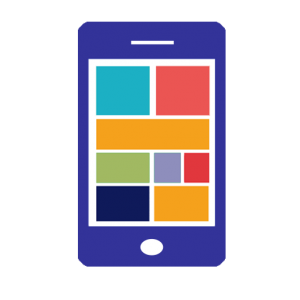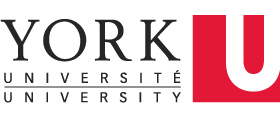The Online Classroom
Your online classroom is where you will normally access course materials, complete class activities, engage with your peers and instructors, submit your assignments, and even take tests in your eLearning course. The online classroom is usually organized in modules by week or topic. In each module, you will be directed to module materials and be asked to accomplish certain tasks related to the materials individually or collaboratively with your peers.
As in face to face classes, you are responsible for completing your readings and staying on track with the tasks as instructed. Getting familiar with your Learning Management System and knowing how to navigate your online classroom should be on your top priority list during the first week of the class. Make sure you read the course syllabus and instructions for each task carefully and do not forget to check the course announcements. Whenever you have questions or problems, don’t hesitate to ask questions either by emailing your instructors or by posting in the course Q&A forum. Below are some examples of what you might be asked to do during a typical module:
- Read the materials online or in the textbook
- Watch videos, animations or PowerPoint slideshows or listen to audio clips online
- Perform certain tasks, such as work through online tutorials, simulations, search for information, etc., online individually or with others
- Reflect and comment on the materials
- Answer discussion questions
- Take a quiz or self-diagnostic test
- Complete module activities or assignment online
- Have real time chat with your peers and/or the course instructor in a chat room
- Record and reflect on your learning process in a journal
- Discuss and communicate with others on certain topics in the discussion forum
- Work with peers to plan and finish certain tasks/projects
